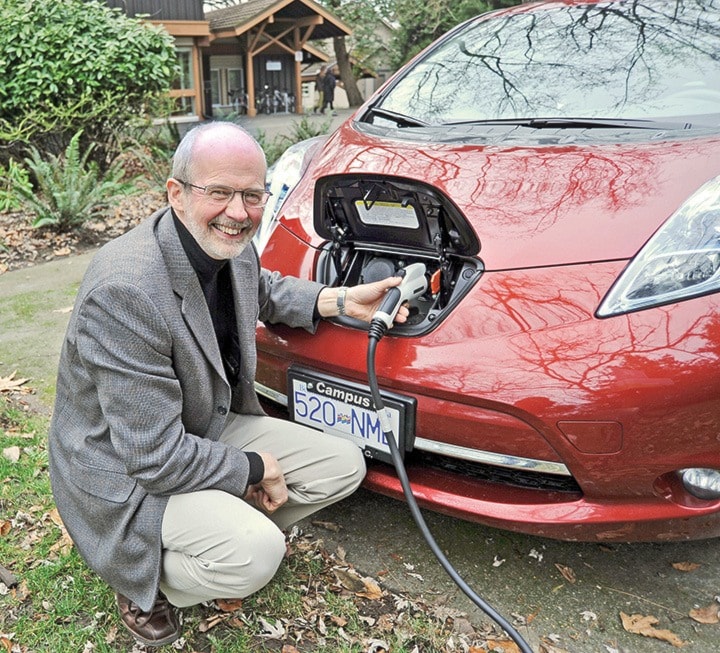Understanding what is causing climate change is one thing. Knowing what actions to take to halt that phenomenon, or even reverse it, is quite another.
The latest instalment in an online video series produced by University of Victoria-based Pacific Institute of Climate Solutions, released last week, offers up some real-world solutions to address the problem head-on. While one of the program's loftier goals is to provide tools for reducing greenhouse gas emissions to government policymakers worldwide, the scientists who wrote it aimed for it to be accessible to anyone looking to improve their knowledge of what is happening and what they can do about it.
"With our first course, we strictly avoided scientific jargon," Institute executive director Tom Pederson said. "That's really important. You want the public to understand the concepts, so you have to put it in language that is accessible to anyone interested in the topic."
That 2011 program, titled Climate Insights, is a 13-part series of short videos culminating with the optimistically named, What YOU Can Do About Climate Change. "The trick," Pederson said, "is to not look at it as this huge undertaking that is beyond the reach of individuals or households."
The Institute, which includes climate scientists at B.C.'s four largest universities, has introduced a multi-unit, two-and-a-half hour section entitled 'Mitigation Needs and Action,' and 'Government Tools and Initiatives, Part I and II.' The first is aimed at a general audience, from individuals to educators at all levels. The second targets policymakers and civil servants – B.C.'s government is encouraging each of its 28,000 civil servants to take the online course.
The initial videos were designed to lay out the seriousness of global climate change, but the point of the new releases is to give people hope for a positive future, not to scare them, Pederson said.
"We've told them that we have an unprecedented problem, but we can fix this, and here's how, then we lay out the steps to take action. Then the challenge will be for people to start asking their politicians, 'Why aren't you doing these things?'"
The Institute's peer-reviewed videos are being viewed by people in dozens of countries, said communications officer Robyn Meyer. A component titled Climate Science Basics, also available on the Institute's website, has been translated into Finnish, German and even Chinese.
"The value of it is there has been misinformation out there about climate change and this is an opportunity for people to inform themselves in a way that is understandable," she said.
A good primer for newcomers to the issue, she said, is a piece called Clear the Air, which refutes common misconceptions and myths about climate change.
To check out the video course, visit pics.uvic.ca/ and click on Climate Insights 101 under Education.
ddescoteau@vicnews.com
